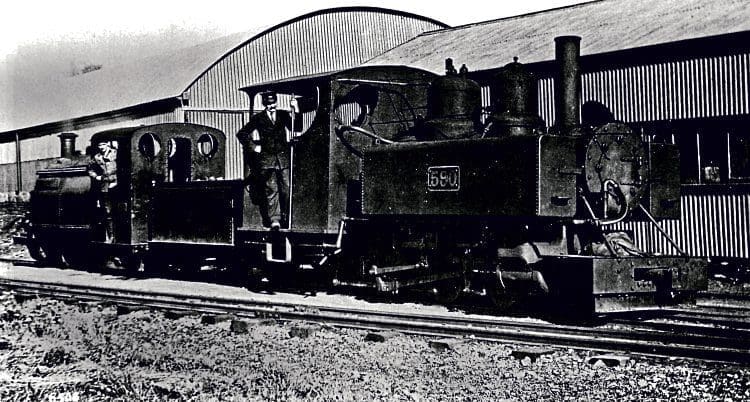By Geoff Courtney
IN an era in when a £50,000 annual basic salary is commonplace for train drivers – those at Virgin Trains are paid up to £63,000, or more than £1200 a week – it is fascinating to see the wages of drivers and lower-ranked employees on the minor railways of early 20th century Britain.
Research revealed by Dave Rogerson in the September issue of the Welsh Highland Railway Heritage Group’s quarterly magazine has unearthed a paysheet listing the earnings of the North Wales Narrow Gauge Railways’ 20 employees in May 1922, shortly before the 1ft 11½in gauge railway, which ran for nine miles from Dinas Junction to Rhyd Ddu with a short branch to Bryngwyn, ceased operations prior to being incorporated into the WHR.
Enjoy more Heritage Railway reading in the four-weekly magazine.
Click here to subscribe & save.

The NWNGR paysheet unearthed by Dave is for the fortnight ending May 24, 1922, by which time passenger services had ceased, leaving just limited freight operations, mainly on the branch from Tryfan Junction to Bryngwyn for slate quarry traffic, although there was also a service to Rhyd Ddu at the southern end of the line.
The paysheet shows a total wages bill of £87 7s 10d (plus £2 4s 4d company insurance contributions), with the largest amount of £8 10s for the two weeks going to Daniel Owen Jones, the traffic superintendent, followed by yard foreman Thomas Richard Thomas at £7 2s. These two were the only staff who worked the full 12 working days in that fortnight, with 16 of the others working for nine days and another two, Tom Morris and W L Jones, a loader, not at all, and thus receiving no pay.
Read more in Issue 247 of HR – on sale now!
Advert
 Enjoy more Heritage Railway reading in the four-weekly magazine. Click here to subscribe.
Enjoy more Heritage Railway reading in the four-weekly magazine. Click here to subscribe.











